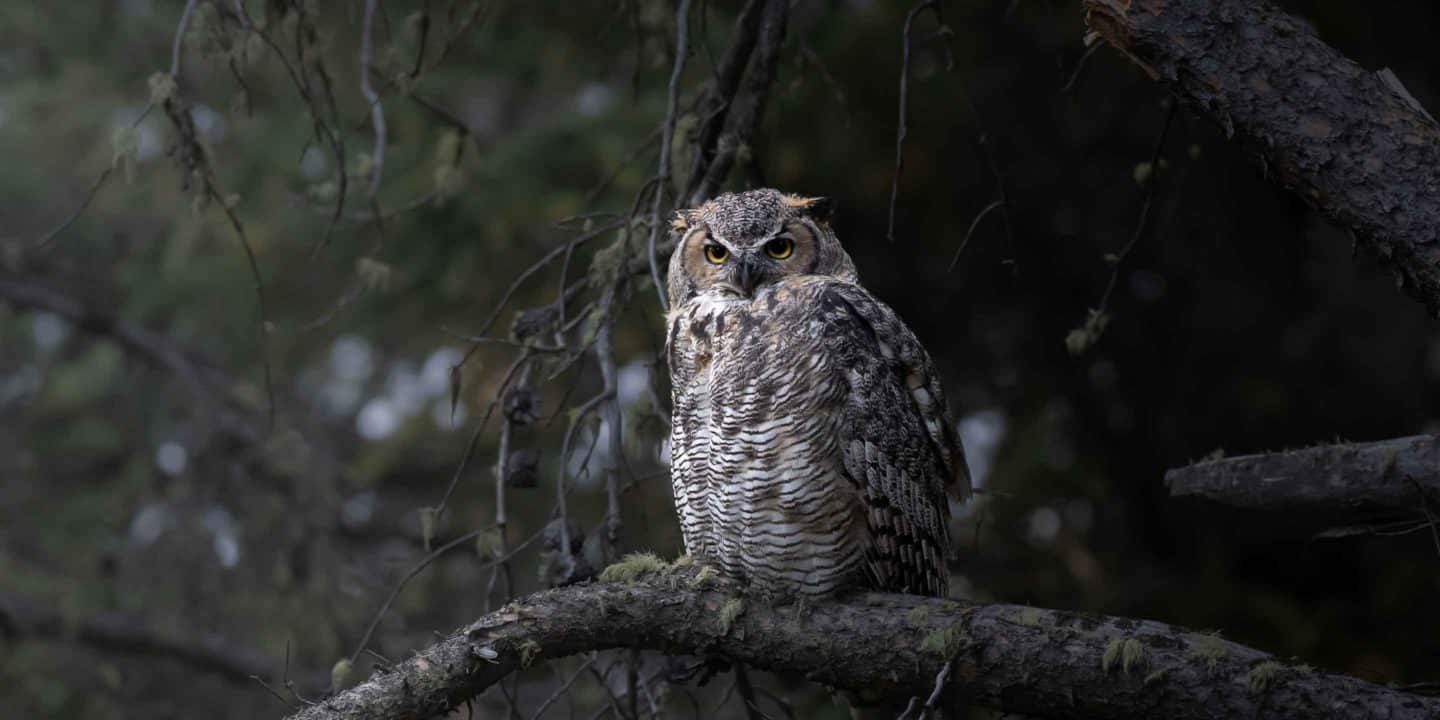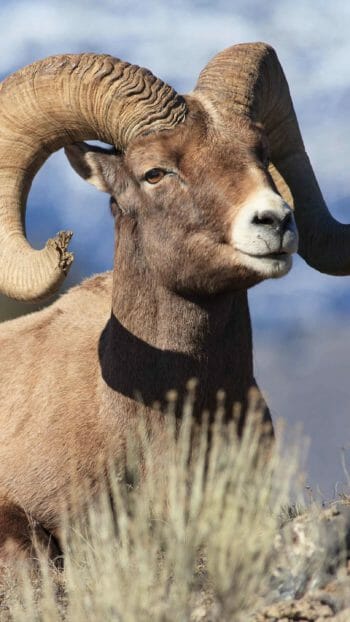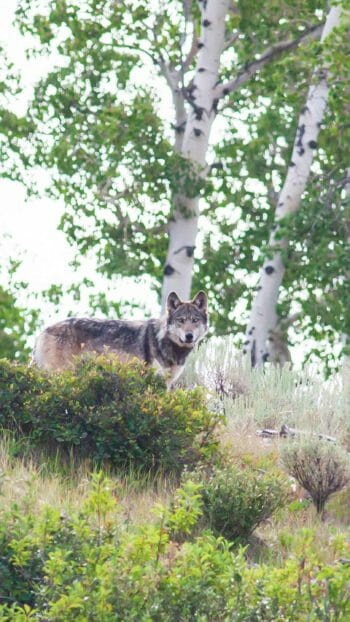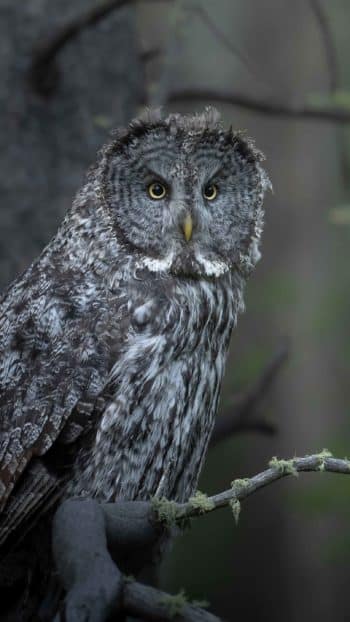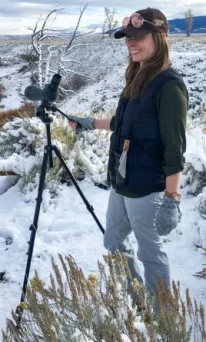Yellowstone National Park is a top destination for family vacations, wildlife enthusiasts, and outdoor adventurists across the globe, and it’s easy to see why! With mythic mountains, tumbling waterfalls, serene meadows, bubbling mud pots, and majestic wildlife, the region is packed with wonder and excitement no matter what your interests are. With so much to see and explore, one of the most popular activities that visitors choose is a guided tour of the park. Knowing what to expect can help you choose a tour that suits your needs and will help you get the best experience out of your visit.
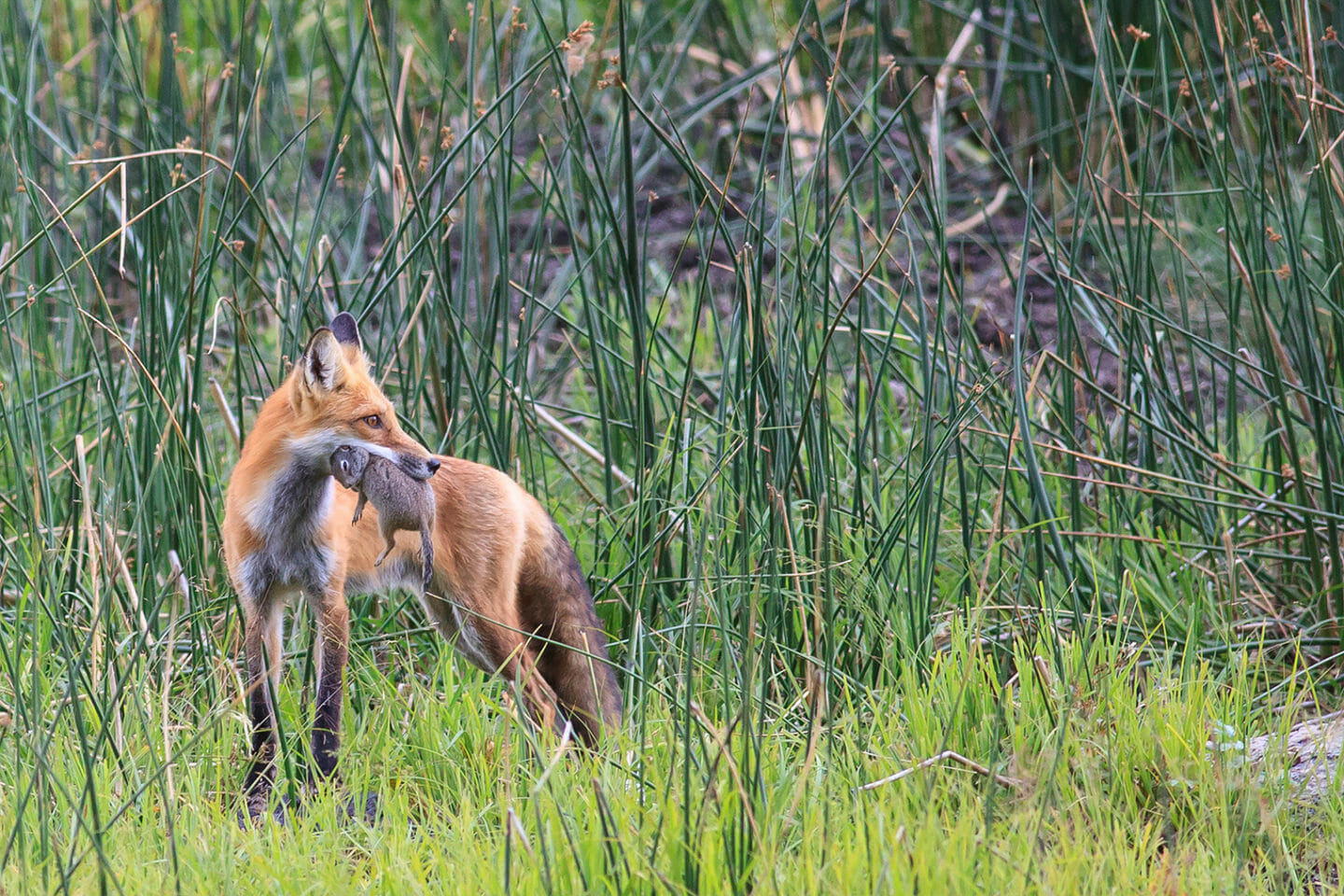
Where is Yellowstone National Park?
Yellowstone National Park is located mostly in the state of Wyoming (96%) and dips into both Montana (3%) and Idaho (1%) in the heart of the Rocky Mountains. It is a massive park sprawling across 2.2 million acres of rugged wilderness. There are 5 entrances: the North Entrance near Gardiner, MT, the West Entrance by West Yellowstone, MT, the South Entrance by Grand Teton National Park, WY, the East Entrance near Cody, WY, and the Northeast Entrance by Silvergate and Cooke City, MT. So much access to the park means that there is a range of choices for where to stay during your visit and which point of access you wish to use.
The North Entrance is a fantastic jumping off point as there are many towns within a reasonable distance and it is an excellent gateway to the northern range of Yellowstone. The Northern Range is regarded as some of the best wildlife-watching areas of the park, particularly Lamar Valley.
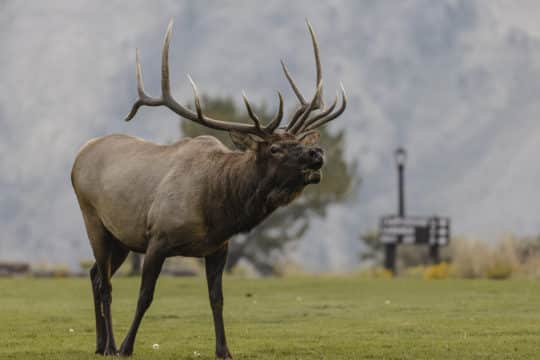
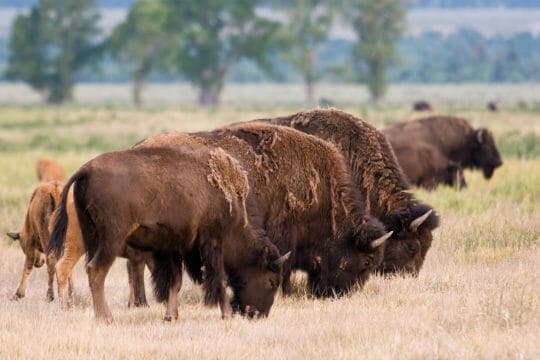
What Animals Will You See in the Lamar Valley?
Lamar Valley has earned its reputation of being America’s Serengeti from its abundance of flora and fauna that thrive in this rich ecosystem. The natural beauty and wildlife encounters that one can experience here rival the Masai Mara savannahs or the veld of South Africa.
Varying types of habitats can be found here; subalpine forest, riparian, open sagebrush, and alpine. Several species of pine trees fill the valley, sagebrush so tall that it towers over you, and colorful wildflowers that splash across the landscape in spring and summer.
Large mammals roam the valley just as they’ve done for thousands of years. Iconic species like the bison, pronghorn antelope, elk, moose, grizzly bear, and gray wolf live their wild, undisturbed lives across the landscape grazing, hunting, and rutting in view of the roads we travel. Eagles soar overhead, and owls are a rare but rewarding sight.
Smaller, lesser known mammals that are equally exciting and essential to the ecosystem can be found if you just look a little harder; badgers, pine martens, otters, and beavers add to the exciting list of critters! Songbirds are often heard and not seen, but with a little extra attention you can identify who sings the pretty song you hear around you. A Yellowstone wildlife tour helps you to discover so many exciting species around you that you may not have spotted on your own!
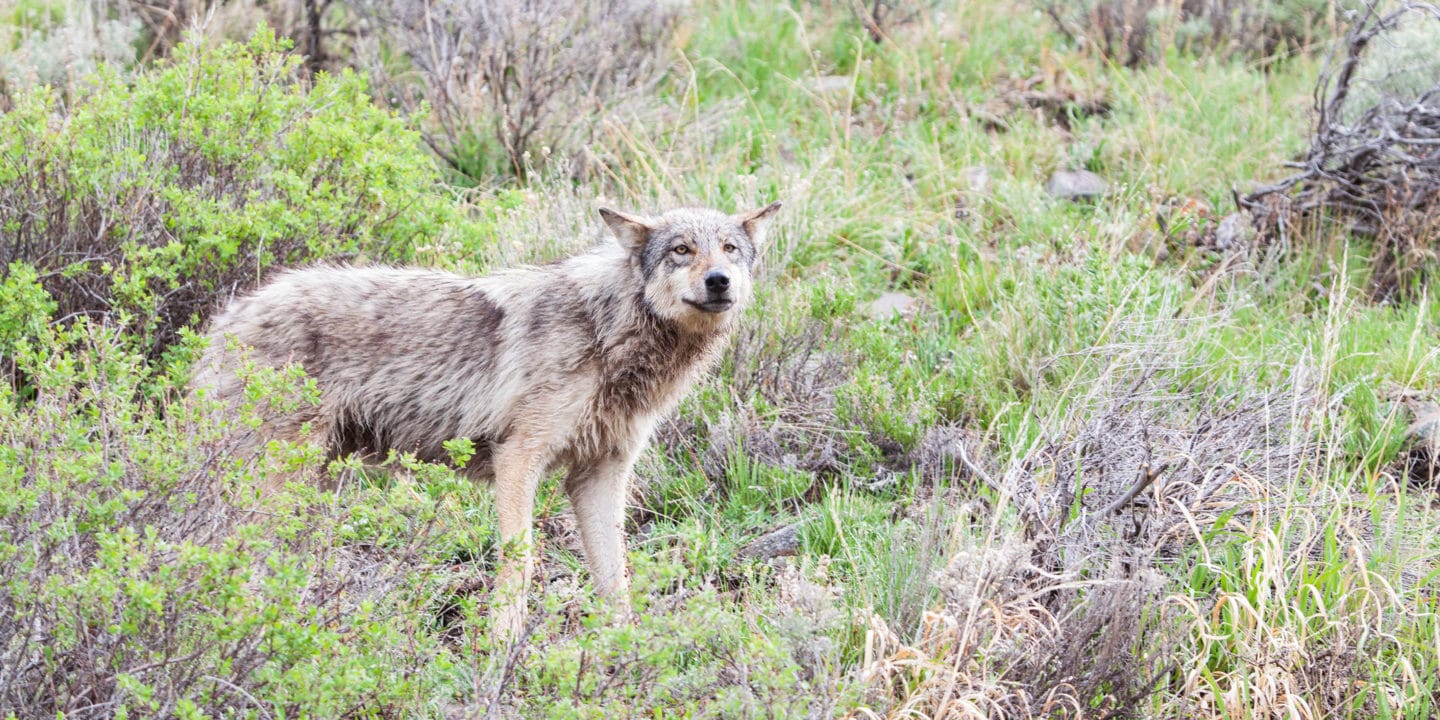
What is the Best Way to Explore the Park?
There are so many ways to experience Yellowstone, all you have to decide is what you want to focus on the most.
Our van based tours are an extremely popular choice- they can accommodate a variety of guests’ needs and preferences. Driving tours can cover a lot of ground to see a range of highlights in one day and be able to investigate multiple habitats for wildlife sightings. It’s a comfortable way to travel rain or shine and in hot or cold temperatures.
If you’re looking for a more immersive experience where you can slow down and truly step into the wilderness, a walking safari is for you. Engage all of your senses while you explore your surroundings; smell the fresh pine, hear song bird calls fill the air, taste the wild huckleberries, feel the rough sagebrush, and take in the breathtaking views that you don’t see from the roadside. Step away from the noise and crowds to find solitude in pristine nature.
For photography enthusiasts, we offer targeted photography tours! Led by an experienced guide with extensive photography credentials, you will visit some of the most photogenic spots for scenic landscape views with added potential for breathtaking wildlife photography. No matter your skill level, from beginner to experienced, you will benefit from local knowledge of effective strategies to achieve photos that you will love for a lifetime.
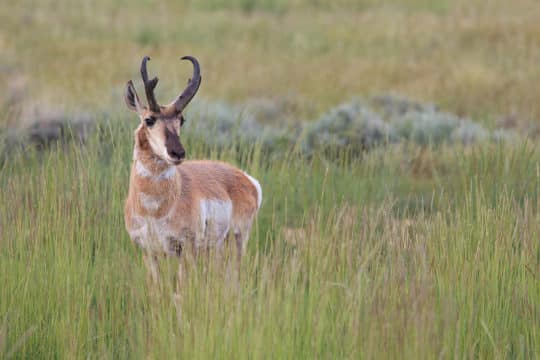
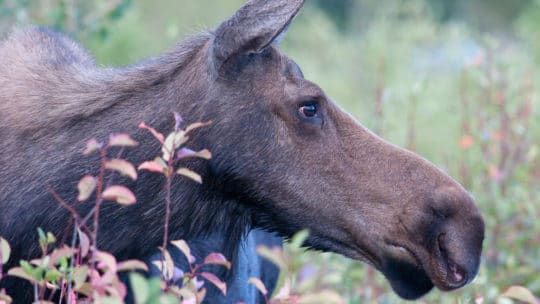
Viewing Wildlife
The national park has specific laws on wildlife etiquette and how to view animals. By going with a guide, you can be confident that you are visiting the park in a responsible manner. You must keep a distance of 25 yards from herbivores such as moose, elk, and bison, and 100 yards from carnivores like bears and wolves. This is both for your safety and for the safety and well-being of the wildlife. Wild animals may appear tolerant of human presence one moment, and can act out defensively the next.
Feeding wild animals is also extremely prohibited. Human food can make them sick, but the big concern is that receiving food from humans will change their natural foraging and hunting behaviors. When this happens, they approach people more and spend more time roaming areas like campgrounds and picnic areas which is a potential danger to humans, leading to euthanasia of the animal.
Our guides strictly adhere to the park’s rules and guidelines with your safety and the well-being of the wildlife as their top priorities. Keeping a safe, legal distance, they will provide each guest with a high-quality pair of binoculars for your personal use, and they use a high-powered spotting scope to get you a very close-up look at the animals no matter how far they are. Depending on the sighting, it’s even possible to get amazing photos and videos through the scope with your phone!
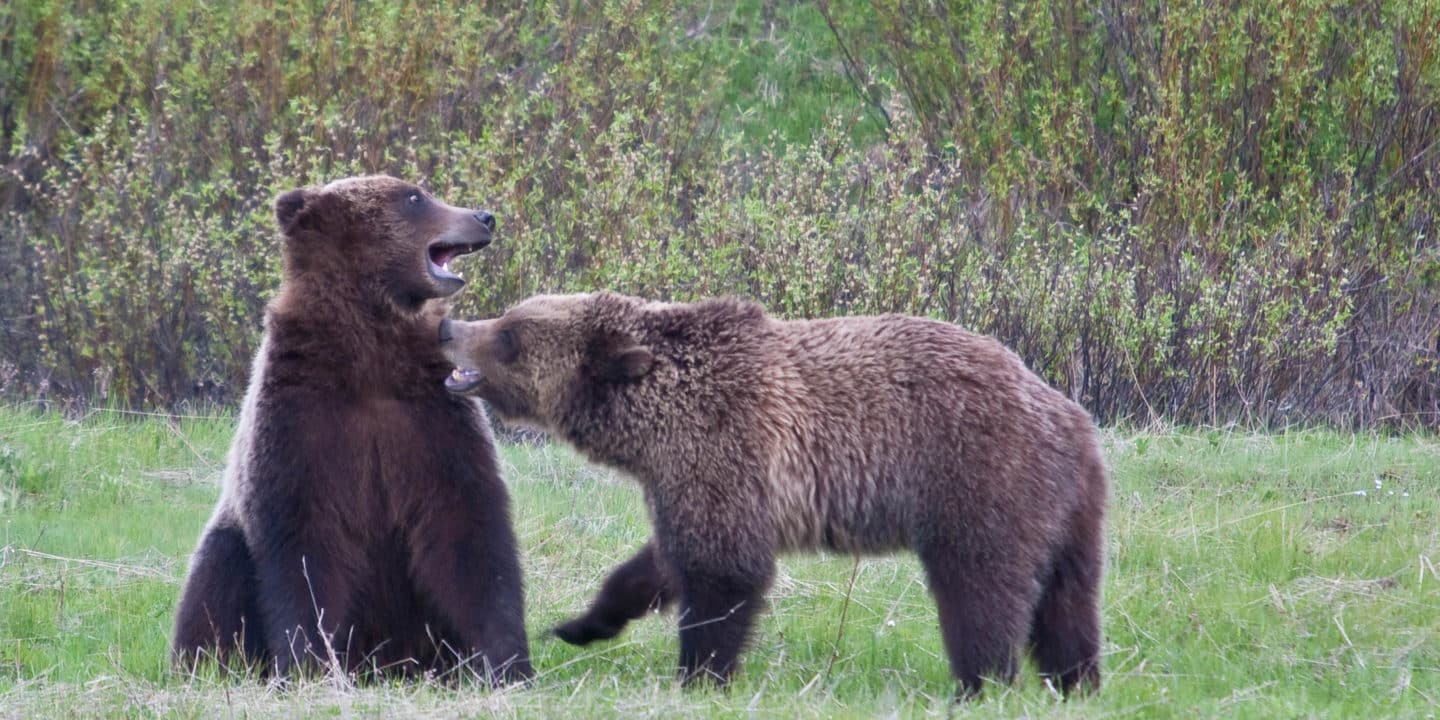
What Should I Pack for a Summer Yellowstone Tour?
Summer in Yellowstone is mostly a time of fair weather, but because of its inland location and high elevation, the weather can be unpredictable. We have seen snow in the middle of summer! Nighttime temperatures drop significantly compared to midday, so it is important to plan ahead to equip yourself with the right clothing to keep you comfortable.
Layers are key in this environment. For your upper body, a light base layer like a t-shirt will keep you comfortable when it’s warm out. Long sleeves and UV protection fabric will shield you from the strong sun. A warm fleece is important even in summer to stay warm during the cooler hours of the early morning and evening. An outer shell for protection from the elements like wind and rain will allow you to fully enjoy your time in Yellowstone regardless of the weather.
For your lower body, many people are comfortable in shorts although you may be cold in the morning and evening hours. Jeans, leggings, or hiking pants are excellent options for the day. Comfortable hiking shoes or sneakers are recommended footwear to be able to confidently explore boardwalks and hiking paths without issues. Wool hiking socks will keep your feet dry and warm.
Extra gear is a personal preference, but we recommend sunglasses, a hat, sunblock, and a camera if you have one. Remember to bring any medications that you may need during the tour.
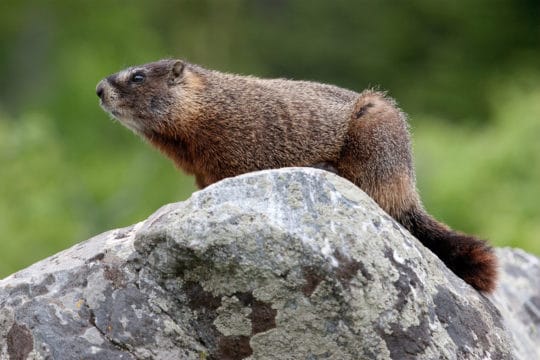
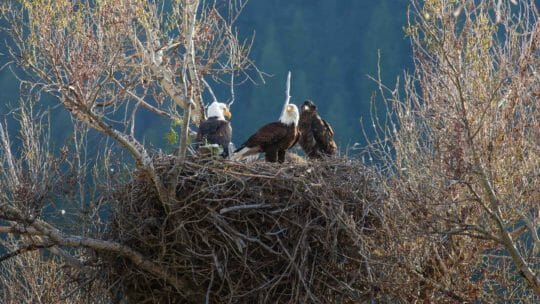
What is the Best Way to Get to Yellowstone National Park?
Bozeman, Paradise Valley, or Gardiner are all great gateway towns to base from during your visit to Yellowstone. A convenient airport for the region is the Bozeman Yellowstone International Airport (BZN) for easy access to each town.
The area is a popular destination for road trippers, so arriving by car is extremely common. It is important to pay attention to road conditions and adverse weather conditions during the spring and fall seasons as roads can close.
The summer season is an extremely popular time for visitors, so be sure to book well in advance of your travels for a smooth experience. Secure flights, lodging, car rentals, and your Yellowstone tour early to guarantee the dates that you need!
Get excited for an unforgettable adventure into one of the most breathtaking ecosystems in the world. We can’t wait to share it with you!
FAQs
What is the best time of year to see wildlife in Yellowstone?
Spring (April–June) and fall (September–October) are the best times to see wildlife in Yellowstone. In spring, animals emerge from hibernation and young wildlife is abundant. Fall brings the elk rut and active predator sightings. These seasons offer ideal conditions for a Yellowstone National Park wildlife tour, with fewer crowds and excellent animal activity throughout the park.
What are the benefits of a guided tour in Yellowstone?
A Yellowstone National Park wildlife tour with an experienced guide greatly increases your chances of seeing iconic animals like bears, wolves, bison, and elk. Guides know the best locations, times of day, and behaviors to look for—plus they provide expert insights into the park’s ecosystems. You’ll travel safely, avoid crowds, and gain a deeper understanding of Yellowstone’s unique wildlife and geology.
Where can I see wildlife in Yellowstone?
Top wildlife viewing areas in Yellowstone include Lamar Valley, often called the “Serengeti of North America,” and Hayden Valley, known for bison, bears, and waterfowl.

